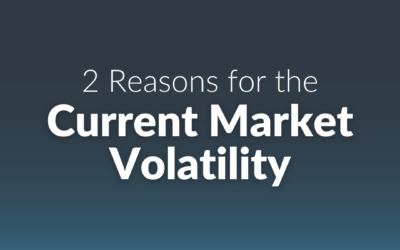Resources
The future you want, the money to do it.
Education is a key component of our planning and investment process. Our resources provide you with an easy way to gain a deeper understanding of your finances, find practical advice about financial planning, and stay up to date with the latest market trends, no matter where you are on your financial journey.
Our Video Resources
The Latest From Our Blog
2 Reasons for the Current Market Volatility
While we ended the first quarter with a fairly robust economic background (which has continued into the first month of Q2), we've also seen some market volatility unfold. Volatility is no cause for concern, especially if you understand the source. Here are two...
U.S. Money Market Assets
Volatility across capital markets is often a sign of cash exiting or entering a specific asset class, which can be defined as exposure to stocks, bonds, commodities, or any other investment that carries a reasonable liquidity profile. Measuring the level of cash that...
5 Essential Tax Planning Topics to Consider Each Year Before Tax Day
April 15th is marked on calendars across the United States, signifying the deadline for filing income tax returns. However, tax planning is not merely about filling in boxes on forms to determine what you owe or what you're owed by the government. It's also about...



